Josai Preservation District for Groups of Traditional Buildings of Tsuyama
This district, located to the west of Tsuyama Castle, is known for its elegant modern-period atmosphere.
Enjoy a stroll through a townscape of temples, shrines, and merchant houses, preserved from around the turn of the 20th century.
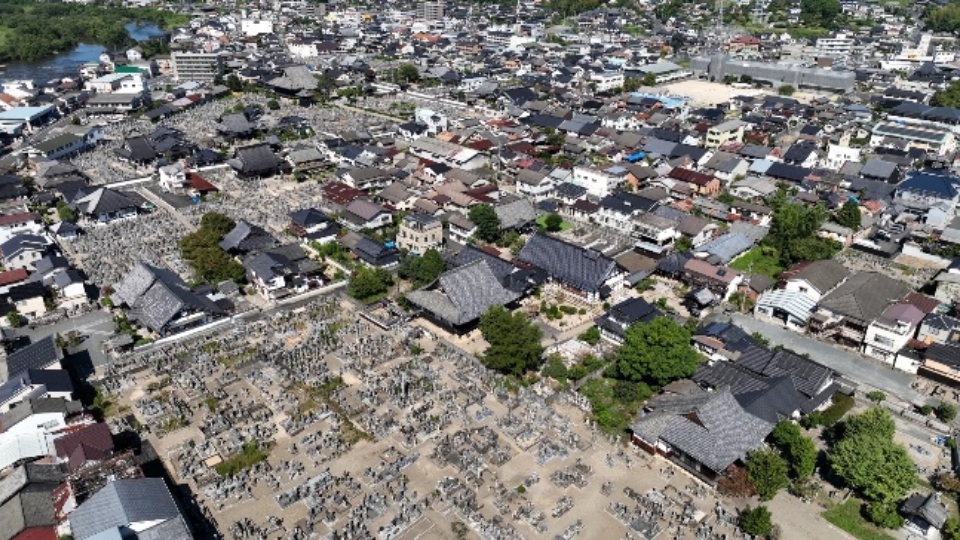
The Josai district is the portion of the castle town to the west of Tsuyama Castle, covering about 12 hectares. The Izumo Kaido road runs through it from east to west, and is lined with machiya townhouses, temples, and shrines.
Over the past four centuries, a vast temple area gradually developed in the western section of this district. The main halls of these temples were built at various times, and today there are twelve temples here representing various schools of Buddhism. On the eastern side of the Josai district is Tokumori Shrine, a shrine dedicated to the town’s protector deity built by Mori Tadamasa, marking the start of this castle town’s construction. The eastern side is also home to machiya townhouses built from the Meiji era (1868–1912) through the Showa era (1926–1989).
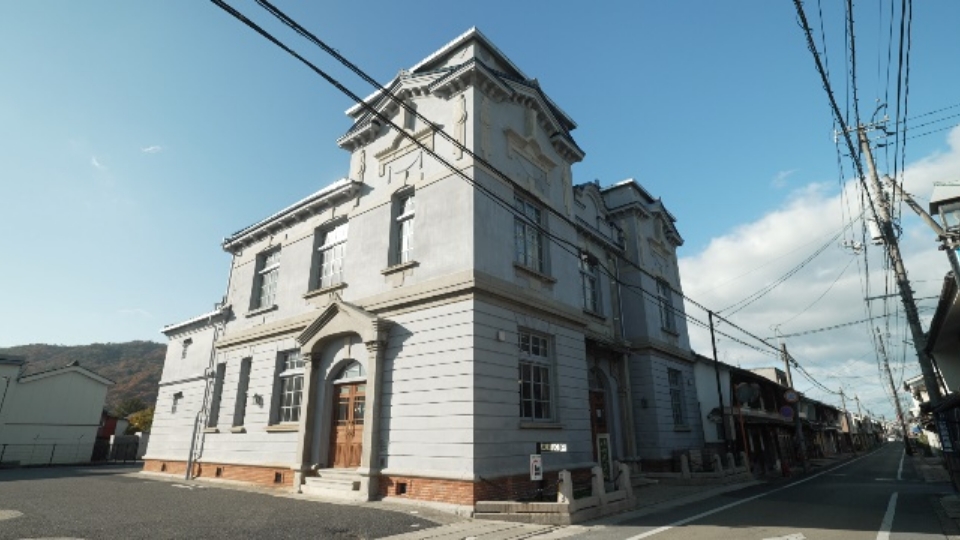
The Sakushu Folk Craft Museum was originally the Tsuyama branch of the Doi Bank, built in 1909. This wooden building was designed by Saburohachi Egawa, an architect who worked for Okayama Prefecture, and is now a Registered Tangible Cultural Property.
The building has been known for its impressive exterior from the start, with taller sections on the left and right sides of the front. It took on its current appearance around 1920, when it was renovated upon becoming the bank’s main branch.
This is one of the few remaining Western-style buildings in the Josai district, making it a rare and valuable symbol of the prosperity this district enjoyed around the turn of the 20th century.
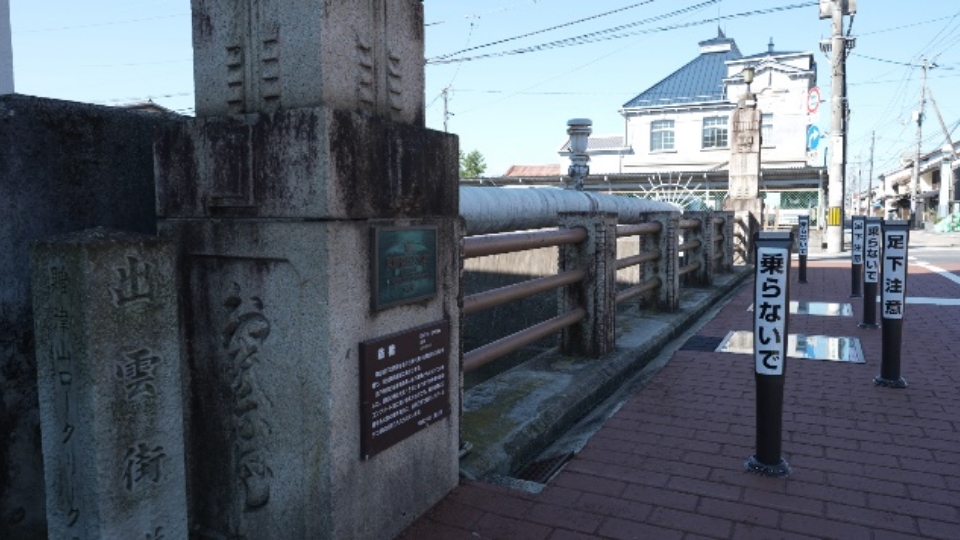
The Okina Bridge is a steel-reinforced concrete bridge built in 1926, and it is a Registered Tangible Cultural Property. The four corners of the bridge feature Art Deco posts, and it is Japan’s last remaining bridge where the entire surface layer is made of brick.
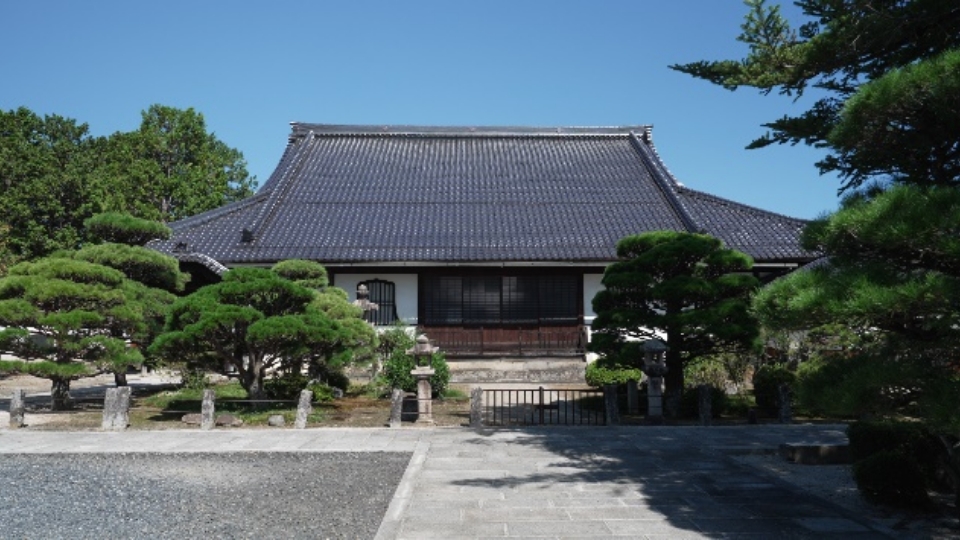
Hongenji Temple was the family temple of the Mori family, who ruled over the castle town of Tsuyama when it was built. It was originally Ankokuji Temple, and was located near the Site of the old Innosho residence.
When this castle town was built, the temple was relocated to its current location and renamed to Ryuunji Temple. Then, in commemoration of the 50th anniversary of Lord Mori Tadamasa’s death, it was renamed to Hongenji Temple.
The temple’s front gate is on a road extending north from the Izumo Kaido road, with an inner gate to the north.
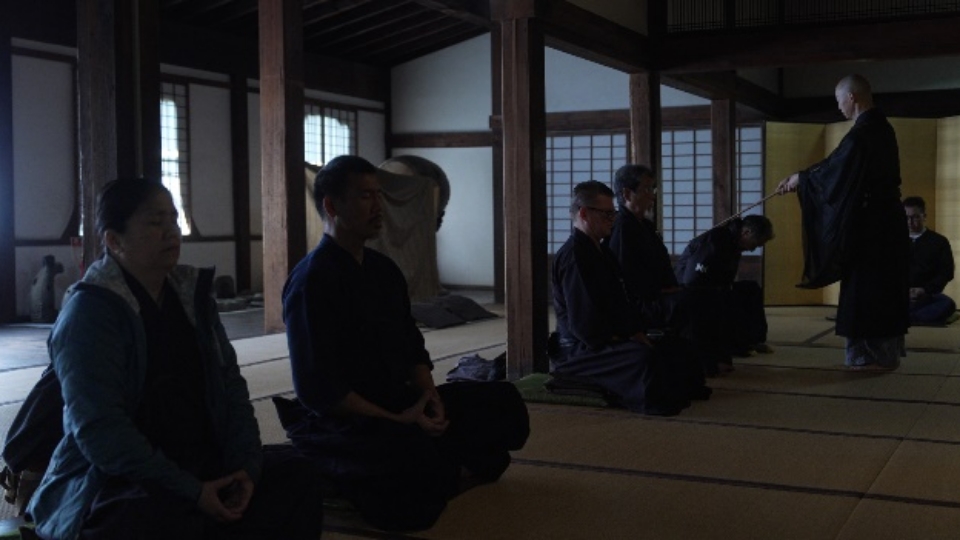
The temple grounds are laid out with the front to the south, and the monk residence, entrance hall, and main hall buildings in a row from east to west. To the west of the main hall is the Mori family grave, with its own gate and mausoleum.
The main hall is particularly noteworthy: it’s the oldest building of this architectural style remaining from the castle town surrounding Tsuyama Castle. Additionally, features dating back to the 17th century, such as the inner gate, monk residence, and mausoleum and gate, have all been preserved together. The temple is designated an Important Cultural Property, and is considered representative not only of the Josai district, but Tsuyama as a whole.

Back in the Edo period (1603–1868), the Teramachi temple area was home to as many as 24 temples. Today, twelve still remain, packed closely together here, offering a look at the various architectural styles used by different schools of Buddhism, across different periods from the early 17th to late 20th centuries.
